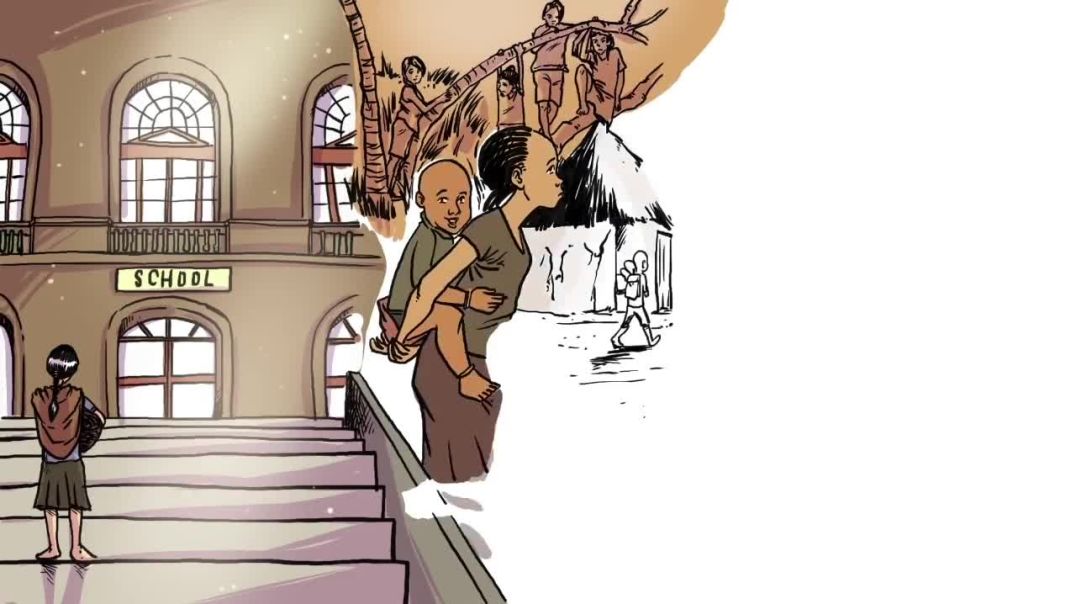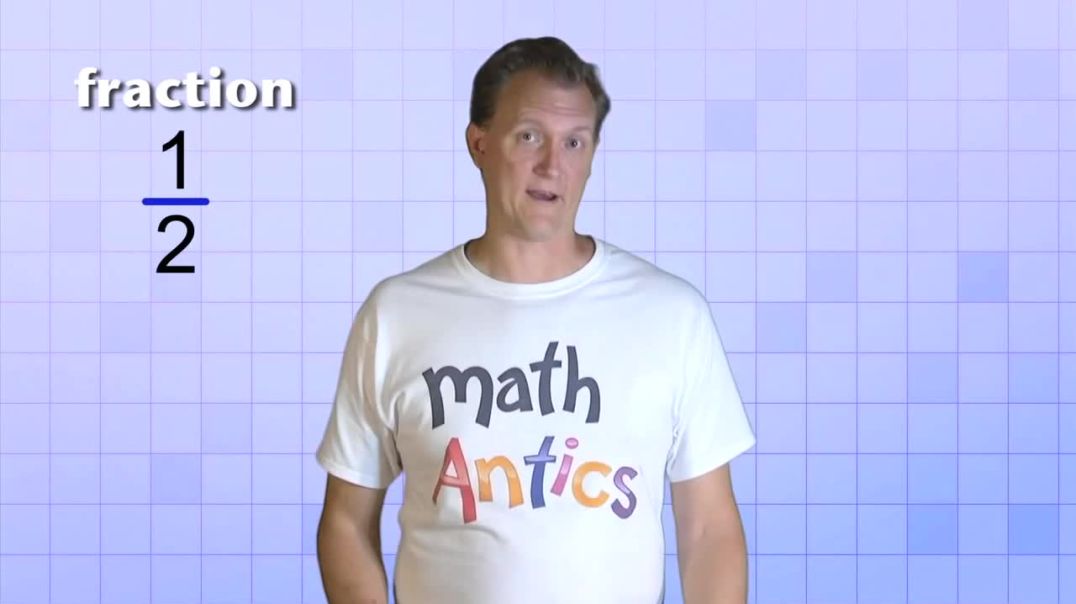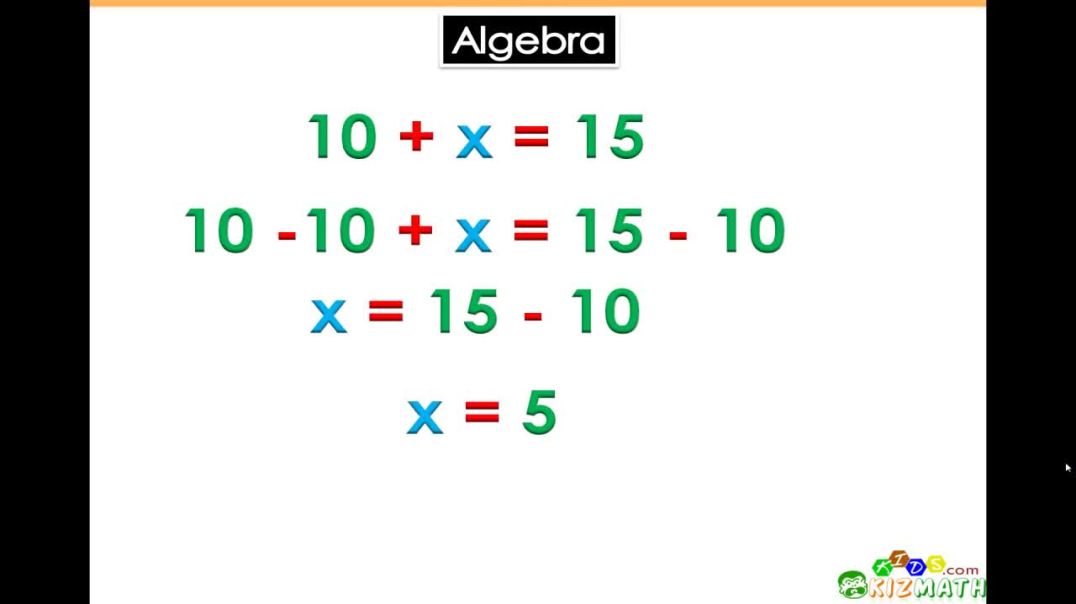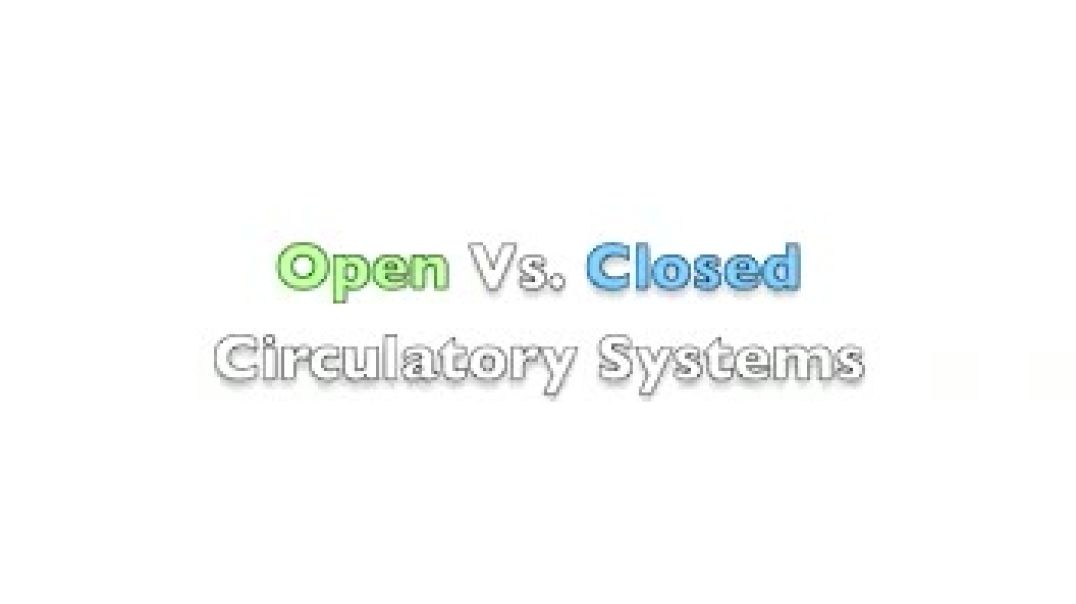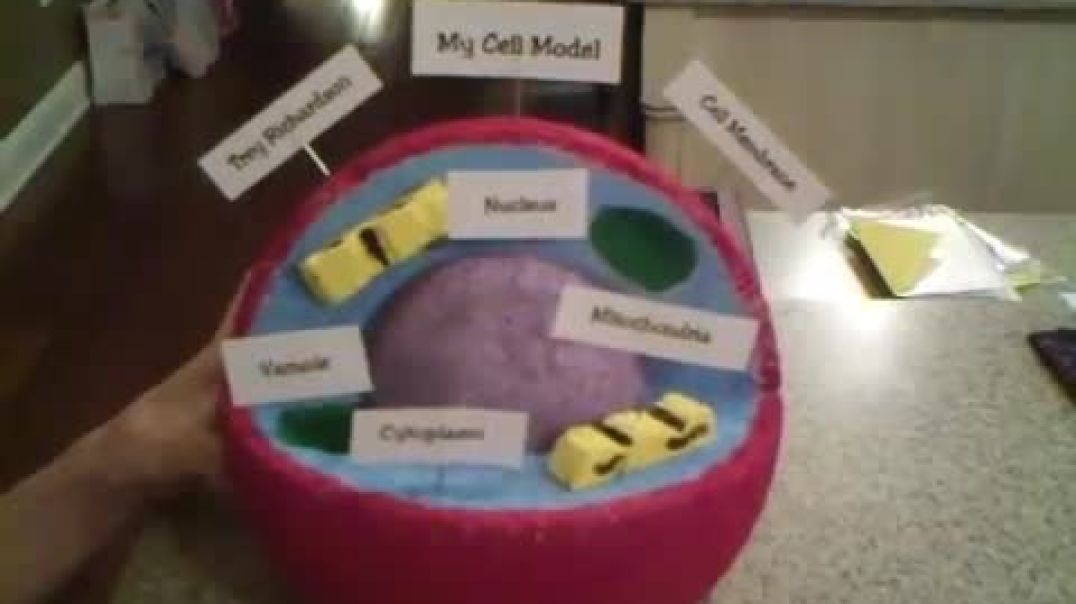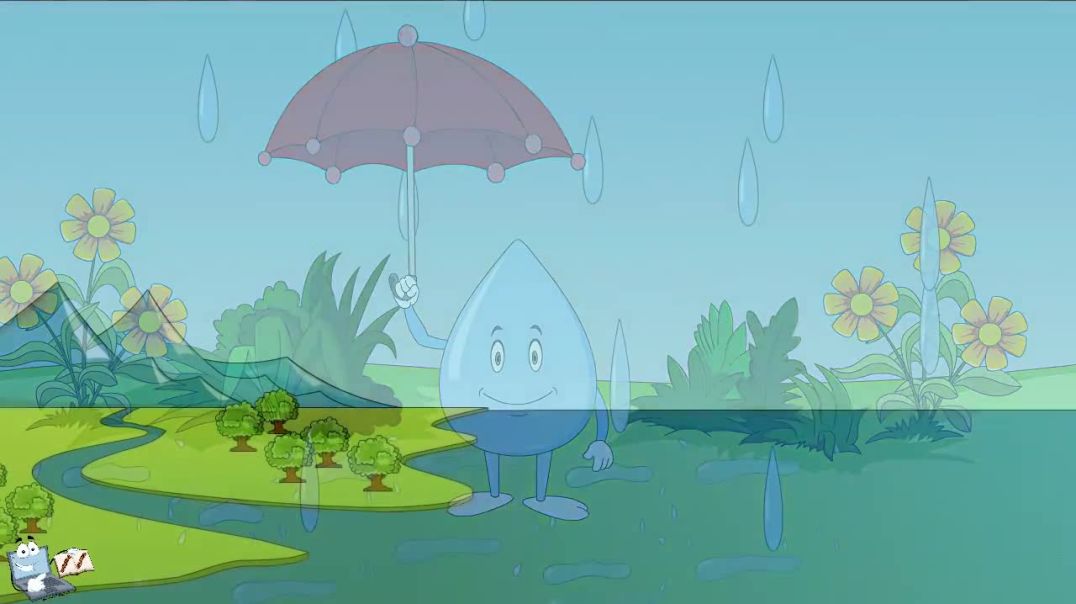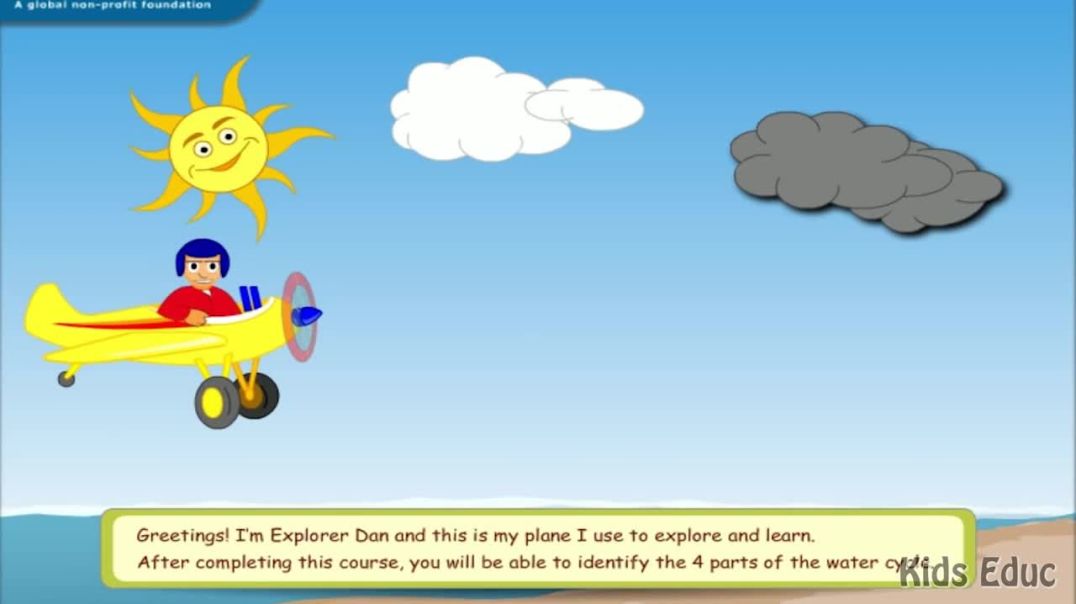Toppvideor
For most of us, education feels like just another fact of life. A simple everyday thing. However, education isn't always accessible. In many parts of the world, millions of people, especially girls and women, have never even set foot in a cl****room.
Pushing for the right to education for everyone is important as it can transcend anyone’s social and economic status helping them to reach their full potential. Education is the right for everyone no matter where you live and who you are.
Learn about what UNESCO does to uphold the right to education for the world’s 7.6 billion people.
A proportion is an equation in which two ratios are set equal to each other. For example, if there is 1 boy and 3 girls you could write the ratio as: 1 : 3 (for every one boy there are 3 girls) 1 / 4 are boys and 3 / 4 are girls. 0.25 are boys (by dividing 1 by 4)
Pets need care and attention to keep them healthy, happy, and safe. They need healthy food; clean, fresh water; and a comfortable place to sleep. Most pets also require regular exercise to stay fit. It is important to find out all about an animal before deciding whether it will fit in well with you or your family.
What are the Basics of Algebra? The basics of algebra include numbers, variables, constants, expressions, equations, linear equations, quadratic equations. Further, it involves the basic arithmetic operations of addition, subtraction, multiplication, and division within the algebraic expressions
Blood can flow through vessels inside the body, such as arteries and veins. This type of circulation is called closed circulation. Open circulation happens when there are no vessels to contain the blood, and it flows freely through the cavities of the body.
Lear how to Sums for kids, with the back to school Level one,
Basic Maths for kids, start learning today as the same time you have fun with the Numberblocks interactive Sums!
For more, download the official Numberblocks apps;
https://www.learningblocks.tv/numberblocks/apps
Official website;
https://www.learningblocks.tv/numberblocks/home
As seen on CBeebies! Watch Numberblocks full episodes on BBC iPlayer: https://bbc.in/2ZHvNtl
Subscribe for more Numberblocks: https://goo.gl/rF32S8
Visit the Numberblocks on;
Twitter: @numberblocks
Facebook: facebook.com/numberblocks/
Instagram: @numberblocks
We are the Numberblocks! Little blocks with big ideas, having a ton of number fun. Learn how to add, subtract and count the fun and educational way! In this educational CBeebies cartoon for kids, children can learn how to count with basic maths sums, using addition and subtraction with singular blocks that join together to make increasingly bigger numbers.
#Numberblocks #LearnToCount #kidsmaths
Reading is making meaning from print. It requires that we: Identify the words in print – a process called word recognition. Construct an understanding from them – a process called comprehension. Coordinate identifying words and making meaning so that reading is automatic and accurate – an achievement called fluency.
There are different tests which can be used to detect carbohydrates, proteins and lipids.
They involve adding a reagent to a food sample which changes colour depending on what biological molecules are present.
Fine establish an organization to develope gadget usage to educational purpose, use your gadget wisely.
Excretory system
The excretory system removes waste and toxins from the human body.
Your skin eliminates waste by sweating.
Your lungs eliminate carbon dioxide.
Your kidneys filter over 180 liters of blood in order to produce urine.
The kidneys filter waste like urea. This liquid that is collected is called urine.
Your kidneys are made up of millions of filtering units called nephrons.
In biology, the smallest unit that can live on its own and that makes up all living organisms and the tissues of the body. A cell has three main parts: the cell membrane, the nucleus, and the cytoplasm. The cell membrane surrounds the cell and controls the substances that go into and out of the cell.
https://www.patreon.com/homeschoolpop In this economics social studies lesson for first and second grade kids you will learn what producers and consumers are and what the difference is between the two! This social studies lesson is simple enough for children to understand and yet enough to grasp this fundamental economic concept!
00:00 Introduction
0:13 What is a consumer?
0:28 What is a producer?
1:00 Examples of producers and consumers
3:03 Even kids can be producers and consumers!
❤️ Homeschool Pop? Join our team and get tattoos here: http://homeschoolpop.com
Thanks for learning with us today! We hope to see you next video!
Homeschool Pop Team
Learn how to draw the Numberblocks from 1 to 10!
For more, download the official Numberblocks apps;
https://www.learningblocks.tv/numberblocks/apps
Official website;
https://www.learningblocks.tv/numberblocks/home
As seen on CBeebies! Watch Numberblocks full episodes on BBC iPlayer: https://bbc.in/2ZHvNtl
Subscribe for more Numberblocks: https://goo.gl/rF32S8
Visit the Numberblocks on;
Twitter: @numberblocks
Facebook: facebook.com/numberblocks/
Instagram: @numberblocks
We are the Numberblocks! Little blocks with big ideas, having a ton of number fun. Learn how to add, subtract and count the fun and educational way! In this educational CBeebies cartoon for kids, children can learn how to count with basic maths sums, using addition and subtraction with singular blocks that join together to make increasingly bigger numbers.
#Numberblocks #LearnToCount #count1to10
So how can we understand this magical process called the water cycle? There are four main parts to the water cycle: Evaporation, Convection, Precipitation and Collection. Evaporation is when the sun heats up water in rivers or lakes or the ocean and turns it into vapour or steam.
School staff are the people who work at a school. There are teaching staff, and there are other non-teaching workers, too. All school staff members at schools in the USA do important jobs for your child’s education.
#bridge #typesofbridge #basicsofbridge
This video is part of a playlist having the following videos. Watch all of them in sequence for a better learning experience.
Enjoy learning :)
Video no.1 Work, Force, and Energy
https://youtu.be/hbj45FhaCD4
Video no.2 Forms of Energy
https://youtu.be/E9OX-y2PErk
Video no.3 Forces(Part-1)Contact and Non-contact
https://youtu.be/pCz3q4VQDXs
Video no.4 Forces(Part-2) Cl****ification of contact and non-contact forces
https://youtu.be/d0Uo14VDnBo
Video no.5 Forces(Part-3)Other Types of Forces
https://youtu.be/LbGln39_SAA
Video no.6 Forces-(Part-4)|Balanced and unbalanced forces
https://youtu.be/-Rjid6hQuww
Video no.7 Forces-(Part-5)Forces in our daily life
https://youtu.be/xWo7aJDbSgw
Video no.8 Forces-(Part-6)- Internal and External Forces
https://youtu.be/K0NY4cUj86Y
Video no.9 Forces(Part-7) Bridge Basics
https://youtu.be/422WNEbdEpg
Video no.10 Forces-(Part-8) | Friction and Grip
https://youtu.be/cEt-B9xIzHU
Video no.11 Forces-(Part-9) Friction-Advantages –Disadvantages
https://youtu.be/Gxjoy4Sj58E
Video no.12 Forces(Part-10) Extreme Forces of Nature
https://youtu.be/XUTg0k8KMVY
Topic Covered:
• Load-Different types of load
• Environmental load
• Dead load
• Live Load
Bridge deck:
• Concrete
• steel
• wood
The span of the bridge:
• Single span bridge
• Double span bridge,
• Multiple span bridge
• Truss bridge
Form of the bridge:
• Beam
• Arch
• Truss
• Suspension
• Cable-Stayed.
What keeps a bridge standing?
https://www.tutway.com/
Welcome to Tutway.
A unique platform where learning is fun.
Now there is no distinction between kids’ fun time and study time.
At Tutway, we believe in a very simple idea that audio-visual learning is the most effective tool for grasping knowledge. Many researchers have proven that kids learn a lot by playing interactive games and watching audio-visual animated lessons as compared to reading from books.
That's when Tutway comes to the rescue.
Tutway is a supplementary education program where kids can learn at their own pace. The students can watch animated videos which are so meticulously made that they can understand even the most complex concepts very easily. There is a question bank at the end of each video where students can answer those questions multiple times and test whether they have grasped knowledge completely or not.
We have information systems embedded in the program where parents can monitor real-time performance of their kids and get up to date information about their performance, including quizzes attempted and the marks got in each quiz, both in tabular and graphical formats. Regular reports are e-mailed to the parents so that the parents can analyze their kids’ performance.
If we want to learn high-level concepts, we should have a clear understanding of the basic concepts. For instance, if kids don't know about addition and subtraction, they cannot do multiplication, and if they don't know about multiplication, they cannot do division, and if they don't have knowledge of these four basic operations, Algebra cannot be done by them, and it goes on and on.
Same applies to the English language if kids don't have sound knowledge of grammar and vocabulary; it becomes extremely difficult for them to have their communication skills.
Knowledge of the scientific concepts is also required for observing physical, chemical, biological phenomena happening all around us.
That is why; Tutway has thousands of animated videos on Maths, English, and Science to clear the basics of these subjects. It perfectly suits most of the educational needs of most of the students, regardless of their learning abilities.
So hurry up, download the Tutway app and book a free-demo cl**** to make education interactive and fun experience.
There are four main parts to the water cycle: Evaporation, Convection, Precipitation and Collection. Evaporation is when the sun heats up water in rivers or lakes or the ocean and turns it into vapour or steam. The water vapour or steam leaves the river, lake or ocean and goes into the air.
Pop'n'Olly - PopnOlly - Pop N Olly | What is Discrimination?
In this video we discover what discrimination means and provide a few examples. We also talk about discrimination and the law.
www.popnolly.com
Twitter @popnolly
Instagram @popnollyUK
Facebook Pop'n'Olly
GoFundMe: http://www.gofundme.com/popnolly
At each cell in your body, oxygen is exchanged for a waste gas called carbon dioxide. Your bloodstream then carries this waste gas back to the lungs where it is removed from the bloodstream and then exhaled. Your lungs and respiratory system automatically perform this vital process, called gas exchange.
The central nervous system (CNS) is made up of the brain and spinal cord. It is one of 2 parts of the nervous system. The other part is the peripheral nervous system, which consists of nerves that connect the brain and spinal cord to the rest of the body. The central nervous system is the body's processing centre.
